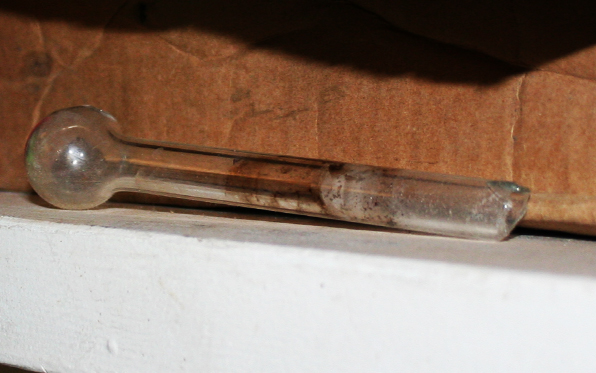A record number of San Diegans died last year because of meth, the San Diego County Methamphetamine Strike Force’s latest report shows.
There were 377 meth-related deaths in the region in 2016, the most recorded in a single year and 66 more deaths than in 2015, when 311 meth fatalities were reported. This means that on average in 2016, a San Diegan died every 23 hours because of meth.
The trend line is very alarming and continues to head in the wrong direction,” said County Board of Supervisors Chairwoman Dianne Jacob. “Meth is taking a terrible toll on more and more San Diego families, and we must step up our efforts to fight this killer and connect more people with treatment programs.
The 2017 Meth Report Card also shows:
- There were 12,595 emergency room visits due to methamphetamines in 2015 compared to 10,254 in 2014. Data from 2016 won’t be available until 2018.
- 4,689 people were admitted to County-funded treatment programs due to meth abuse last year vs. 4,564 in 2015.
- 56 percent of adult arrestees tested positive for meth in 2016, compared to 49 percent the previous year.
- The number of juvenile arrestees also jumped from 8 percent in 2015 to 14 percent in 2016.
- Meth arrests for selling and possession of meth increased to 8,428 in 2016 vs. 6,849 the year before.
- The price of meth dropped from $360-$600 per ounce in 2015 to $250-$450 last year.

Most Meth Coming from Mexico
San Diego County has had a long history with meth and the problems that come along with it. While the region is no longer considered the “Meth Capital of the World,” and little meth is produced locally, there is more meth available, and it is more potent and cheaper than ever.
The highly addictive and deadly drug is being manufactured and smuggled across the border by Mexican drug cartels. Today, most of the methamphetamine in San Diego County is coming from Mexico.
The District Attorney’s Office is addressing the issues caused by the influx of methamphetamine in several ways. The DA prosecutes individuals who transport and smuggle methamphetamine across the border, some of whom are now using juveniles to transport drugs which are fatal if absorbed or ingested.
At the same time, law enforcement is focusing on dealers who are distributing meth in local neighborhoods. Prosecutors carefully review overdose death cases, identifying the dealers and holding them accountable for their actions when someone dies. Also, when the DA encounters defendants who haven’t had the opportunity to address their addiction problems, the office offers rehabilitative options through collaborative court programs like Drug Court, Veterans Court and Homeless Court.
“Sending addicts to jail or prison without addressing their addiction problems does not solve the drug problem in our community,” said District Attorney Summer Stephan, adding that 6,024 cases were filed in 2016 where there was at least one meth charge, 736 more than in 2015. “By using Collaborative Courts when appropriate, we rehabilitate these individuals through treatment programs, giving them the tools they need to overcome their problems and become productive members of our community.”
With availability going up and prices coming down, meth is having more negative consequences in San Diego families and communities.
“The increased availability and potency have contributed to more meth-related deaths, more emergency room visits and more problems for individual users and their families,” said Nick Macchione, director of the County Health and Human Services Agency and tri-chair of the Meth Strike Force. “Many of the people who are dying are middle age, have been using meth for a long time and also have other serious health conditions.”
Meth also adversely affects the older adult population. Data collected by Adult Protective Services suggests that nearly 20 percent of reported adult abuse cases involved meth; most are meth-using adult children of the victim.
Treatment is Available
The County funds residential and outpatient treatment programs across the region to help people recover from addiction.
“Drug treatment is available and recovery is possible,” said Alfredo Aguirre, director of HHSA’s Behavioral Health Services. “Family members and loved ones should know that treatment can improve lives.”
People experiencing a drug addiction or who want to anonymously report meth or drug activity are encouraged to call the Meth Hotline at (877) NO-2-METH or visit www.no2meth.org. Treatment is also available by calling the County’s Access and Crisis Line at (888) 724-7240 or by calling 2-1-1.






